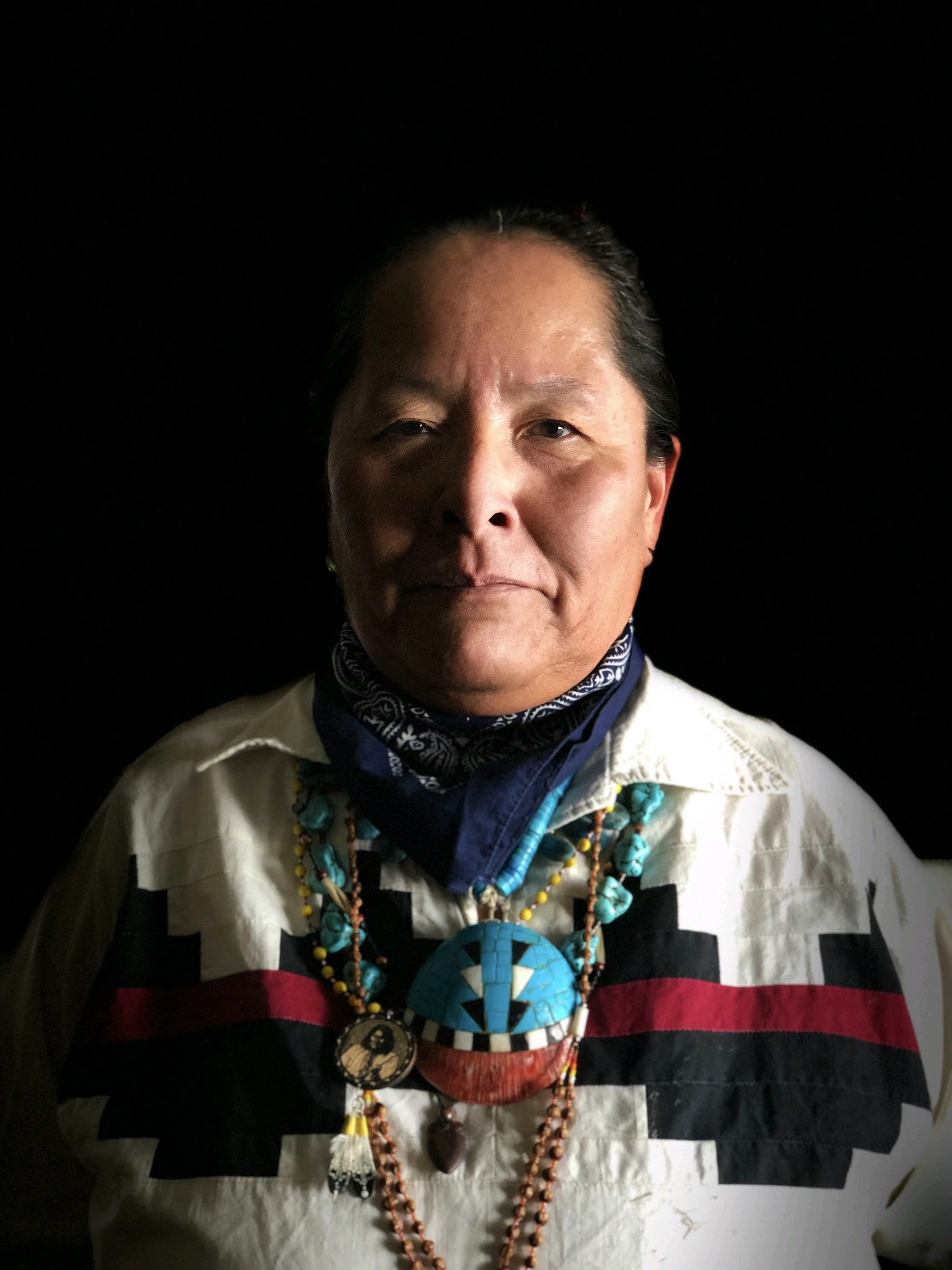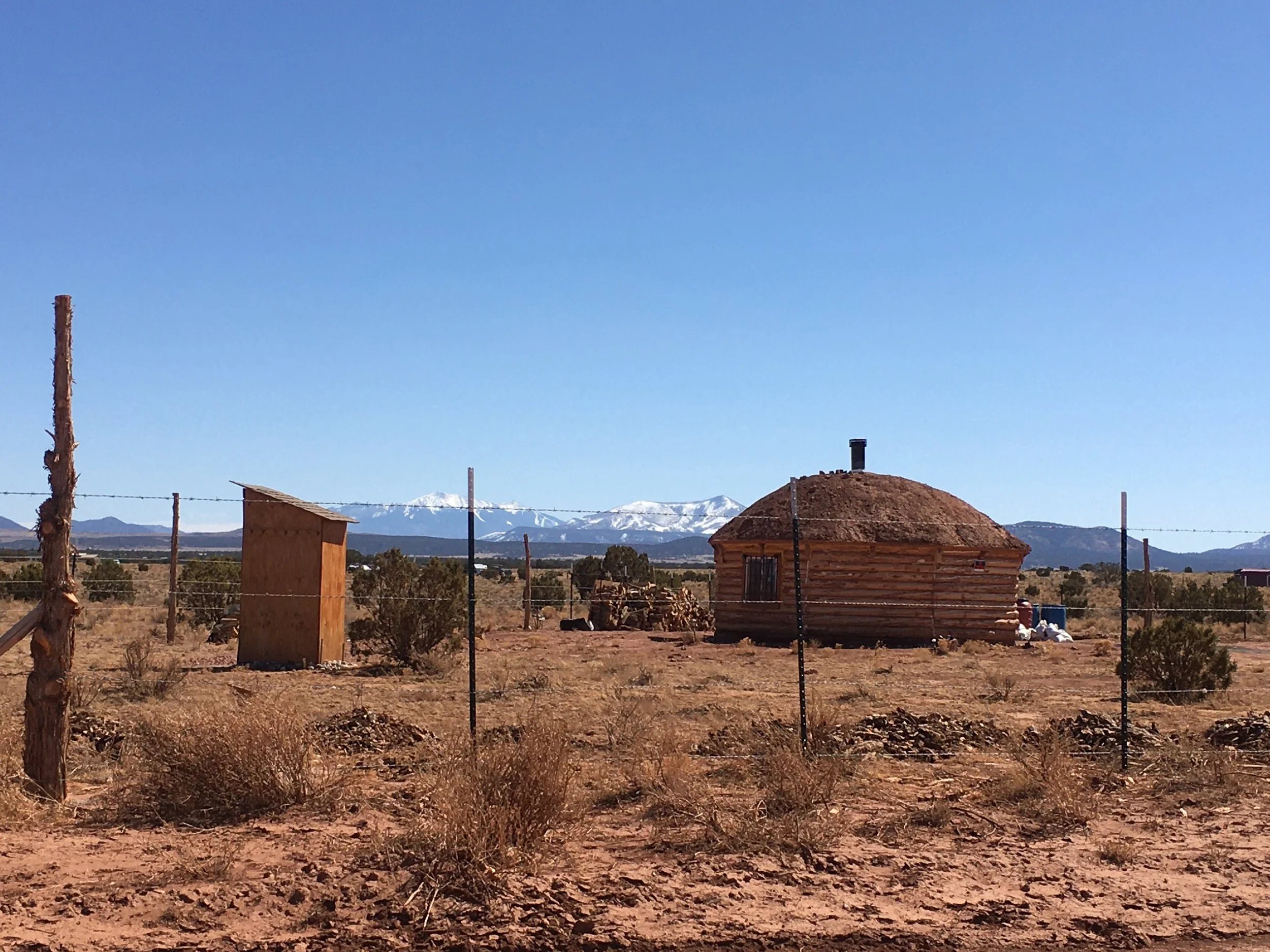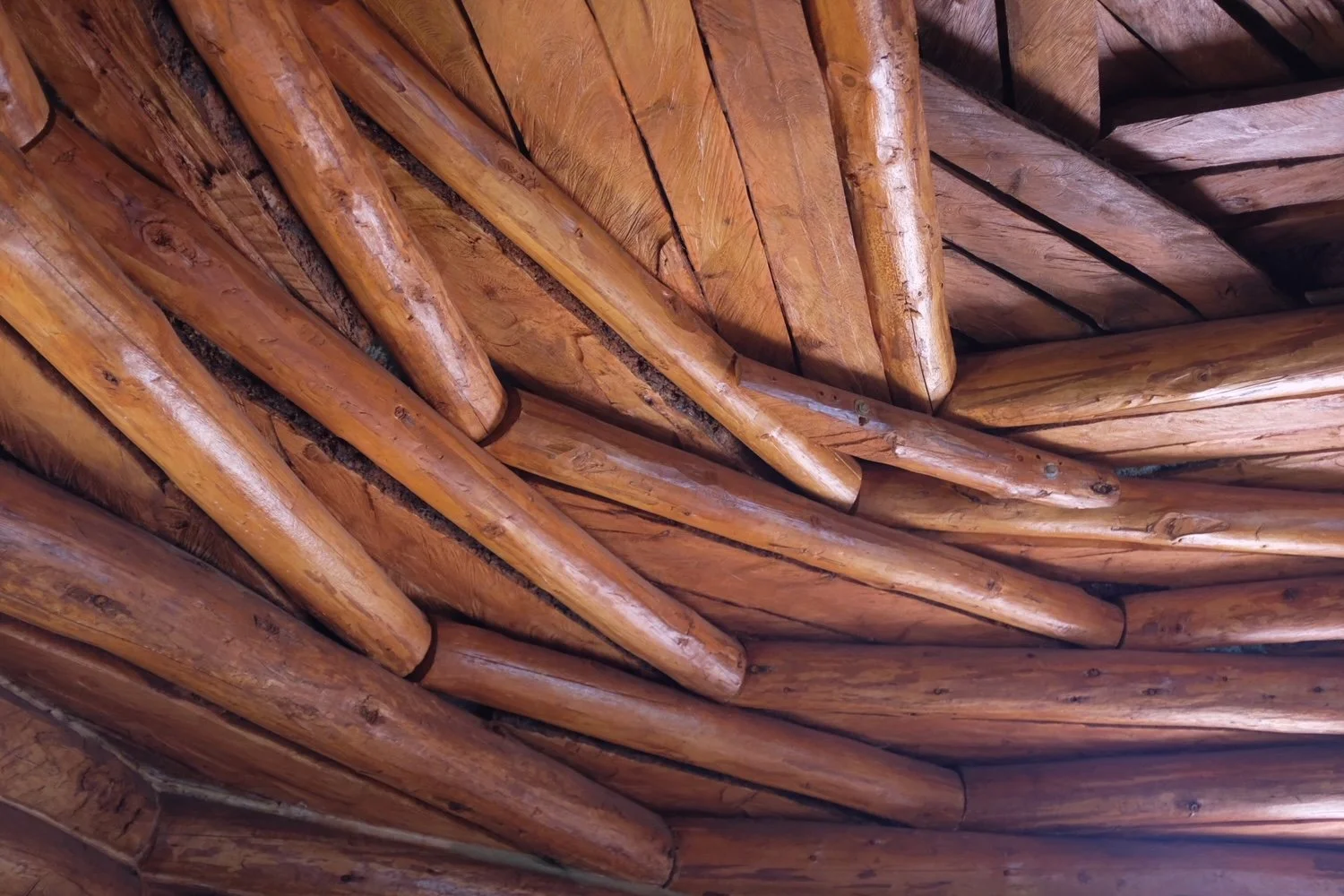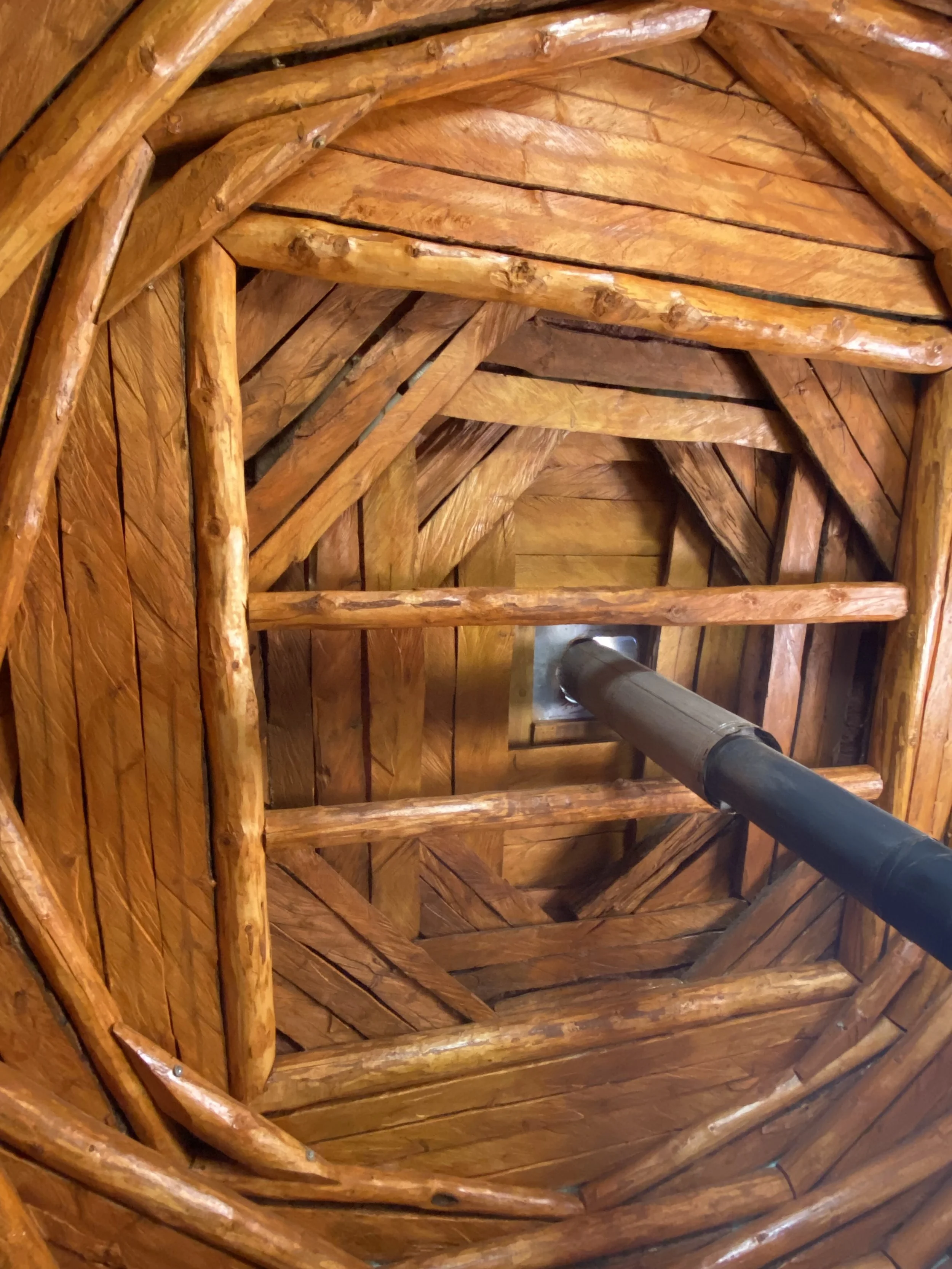Welcome to my website!!!
Artist: Karen Begay
Tribe: Navajo Member
Title: “Yei Bi Chei”
Dimensions: 2’ X 3’
Medium: Acrylic paint, textured sand on gesso’d paper.
Price: $250,000.00
My paintings come from dreams I have had about the future of Navajo People -we call ourselves the Diné (which means The People). In my dreams digital images were sent out into space, into the universe on super large panels. These panels included Navajo language, culture, traditions, songs and stories all in the Navajo language and thus preserving Navajo language, culture, traditions, history, songs and stories for all time to share with the universe.
“Yei Bi Chei" refers to a series of healing ceremonies and the masked human impersonators who perform them in the Navajo tradition. These dances, which feature dancers representing supernatural beings called Yeis, are part of the multi-day Nightway Ceremony and serve to invoke the power of the Yeis for healing and to bring balance. The dancers, led by figures like Talking God, wear buckskin masks with spruce boughs and kilts, performing to heal the patient and bring people closer to the Holy People.
Artist: Karen Begay
Tribe: Navajo Member
Title: “Chaco Dreams”
Dimensions: 2’ X 3’
Medium: Acrylic paint, textured sand on gesso’d paper.
Price: $550,000.00
My paintings come from my dream time. Dreams I have had about the future of Navajo People -we call ourselves the Diné (which means The People). In my dreams digital images were sent out into space, into the universe on super large panels. These panels included Navajo language, culture, traditions, songs and stories all in the Navajo language and thus preserving Navajo language, culture, traditions, history, songs and stories for all time to share with the universe.
In this painting here I was inspired by the glyph handprints found in super ancient cliff dwellings across the southwest. “Glyph hand prints" refers to ancient symbolic markings of hands, which can be found worldwide as either painted (pictographs) or carved (petroglyphs) into rock surfaces. These handprints could have served as personal signatures, declarations of presence ("I was here"), and potentially even a form of early communication or non-verbal language, connecting individuals across time. Or the count of the number of people in that group. Those are my hand glyphs.
Artist: Karen Begay
Tribe: Navajo Member
Title: “Navajo Dreams”
Dimensions: 2’ X 3’
Medium: Acrylic paint, textured sand and copper on gesso’d paper.
Price: $550,000.00
My paintings come from my dream time. Dreams I have had about the future of Navajo People -we call ourselves the Diné (which means The People). In my dreams digital images were sent out into space, into the universe on super large panels. These panels included Navajo language, culture, traditions, songs and stories all in the Navajo language and thus preserving Navajo language, culture, traditions, history, songs and stories for all time to share with the universe.
In this painting here I, myself was inspired by the abstract expressionist painter of the 1940s throughout the 1960s Jackson Pollock. I have always been inspired by other artists. I study these other artists, and I continue to study their artwork and them. For me art is going to be very important in this generation I believe this generation is going to create some powerful artwork.
“My painting does not come from the easel. I prefer to tack the unstretched canvas to the hard wall or the floor. I need the resistance of a hard surface. On the floor I am more at ease. I feel nearer, more part of the painting, since this way I can walk around it, work from the four sides and literally be in the painting.
I continue to get further away from the usual painter's tools such as easel, palette, brushes, etc. I prefer sticks, trowels, knives and dripping fluid paint or a heavy impasto with sand, broken glass or other foreign matter added.
When I am in my painting, I'm not aware of what I'm doing. It is only after a sort of "get acquainted" period that I see what I have been about. I have no fear of making changes, destroying the image, etc., because the painting has a life of its own. I try to let it come through. It is only when I lose contact with the painting that the result is a mess. Otherwise, there is pure harmony, an easy give and take, and the painting comes out well.
— Jackson Pollock, My Painting, 1947
contact me for guided tours across the United States and South America through indigenous world travel.
Here is a link to my travel blog on youtube: https://www.youtube.com/channel/UC7CQVstGwGwWpfdOZdrT0FA
Artist: Karen Begay
Tribe: Navajo Member
Title: “Navajo Spiritual Lodge”
Dimensions: 16’ X 16’
the navajo hogan project is an indigenous woman lead
501 3 c non-profit
In August 2017 I purchased 2 acres of land in Valle, Arizona and I built a log Navajo hogan on that land. I started to build traditional Navajo hogans for unhoused, unsheltered, displaced or houseless Navajo families, elders and veterans who live on the Navajo Reservation, for free. I formed a 501 3 C non-profit called “The Navajo Hogan Project.” I started the Navajo Hogan Project to combat the housing crisis going on throughout the Navajo Reservation. I build traditional Navajo Hogans for unsheltered, unhoused, or displaced Navajo families, elders and veterans, for free. The Navajo Hogan Project is a 501 3 C. Attached is a link to donate to The Navajo Hogan Project.
To donate to the Navajo Hogan Project this is our PayPal link: https://www.paypal.com/ncp/payment/AJGEQ5GBGP26J
In 2022 I won an award from the University of Arizona Southwest Folk Life Master Apprentice Art Program for Navajo hogan building.
A traditional Navajo hogan is a circular or hexagonal dwelling made from wood, logs, earth, and stone, with a doorway facing east to greet the rising sun. It functions as a home, a sacred ceremonial center, and a symbol of Navajo culture and spiritual connection. Early forms were forked-stick, conical structures, while modern ones may be six-sided and more elaborate, though the essential elements like the eastward door and smoke hole remain consistent.
Hogans are built using materials found in the environment, such as wooden poles, logs, mud, dirt, and stone.
The doorway traditionally faces east to welcome the sun, symbolizing good fortune and a connection to the sacred directions.
The hogan is the most important structure for the Navajo people, serving as a sacred space for ceremonies, healing, prayer, and traditional ceremonies.
All artwork sold on my website will go to fund the Navajo Hogan Project.
My name is Karen Begay and I am from the Navajo Tribe and I am a Navajo Nation Artist, Art Broker and Tour Guide with 30 years of experience providing cultural adventure tours across the southwest. I am available to guide you and your group across the southwest.
In 2017 I built a traditional Navajo Hogan near the Grand Canyon which I lease out to international visitors coming to Arizona who wish for an authentic Navajo Hogan experience.
AWARDS AND CITATIONS:
1996 Received the J. Dockstader Award in Painting @NAU.
Five Individual Development Account Business Grants in 2018, 2019, 2020 from the City of Flagstaff, Az.
Eight Arizona Commission on the Arts Artist Investment Program Grants.
2023 Master Apprentice Award Southwest Folklife Alliance from the University of Arizona.
Navajo Nation Small Business Grant 2024.
EDUCATION:
Institute of American Indian Art, Santa Fe, New Mexico
Attended 1987- 1988
Northern Arizona University, Flagstaff, Arizona
Received a Bachelor of Fine Art Degree in Painting and Art History in 2000
BUSINESSES:
The Navajo Hogan Project
Building traditional Navajo Hogans for displaced, unsheltered homeless Navajo families, veterans and elders for free, who live on the Navajo Reservation.
The Navajo Hogan Project is a 501 3 C non-profit. To make a donation, this is our paypal link:
https://www.paypal.com/ncp/payment/AJGEQ5GBGP26J
IndigiCoin LLC
Native American Housing Financial Crypto Investment.
To invest, contact me.
Indigenous World Travel LLC
Custom local and international tours.
WORK EXPERIENCE:
Medical Courier since 1994
Picking up labwork from various clinics throughout Northern Arizona and delivering to main labs in Phoenix, Arizona.
Northern Arizona University Motor Coach Operator
Driving a motor coach bus safely for various tour programs for the Northern Arizona University Road Scholars Program.
Paul Revere Transportation Grand Canyon Division
Shuttle Bus Driver for the Grand Canyon National Park Shuttle Service.
Driver of the Month in April 2016.
Canyon Explorations
Shuttle Bus Driver, driving tourists from Flagstaff Az to Lees Ferry for boat or raft launch on the Colorado River.
How to reach me:
Email: kbegay46@yahoo.com
Cell: 928-606-8943










